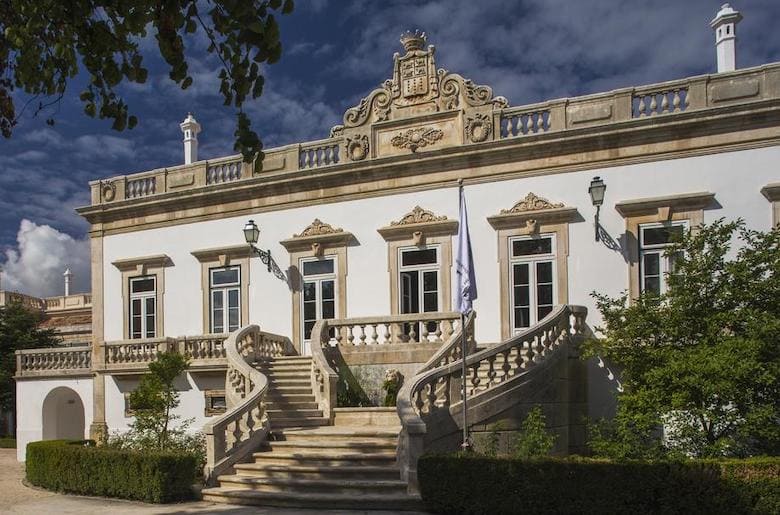
Quinta das Lágrimas was the site of a tragic love story
Before you go to this park, you have to know the tragic love story of Pedro and Inês. Pedro was a prince (the son and heir of King Afonso IV) and was forced to marry Princess Constanza of Navarre. When Constanza died, he went to live with Inês de Castro (a Spanish noblewoman) in Coimbra, but the king disapproved and wanted to put an end to the affair. Believing that Inês’ family was a potential threat to the Portuguese throne, the king had her murdered in this park now known as Quinta das Lágrimas, in 1355.
When the king died, Pedro succeeded to the throne and took revenge on the two killers by having their hearts torn out. Revealing that he had married Inês in secret, he had her corpse exhumed and crowned. The court was forced to acknowledge her as queen by kneeling before her on the throne and kissing her decomposed hand. Their tombs are now in the famous monastery of the town of Alcobaça, where, at Pedro's wish, they are placed foot to foot (so that when they arose on Judgement Day, the two lovers would immediately see each other). Both tombs carry the inscription "Até ao fim do mundo" ("until the end of the world"). This dramatic story of love and revenge has been an inspiration to a number of writers and poets in Portugal and elsewhere in Europe.

The palace in the park is now a luxurious hotel
The park surrounds a 19th-century palace that’s now Coimbra’s most luxurious hotel, with the city’s best restaurant. It’s about a 10-minute walk from the popular Portugal dos Pequenitos park, and its 18 hectares (44 acres) are covered with exotic plants and trees from around the world (and especially from Japan), mostly planted in the 1800s.
Before that, this was where Queen Saint Isabel ordered that springs be connected to the Monastery of Santa Clara in the 14th century, to provide water to its residents. After the story of Pedro and Inês, one of the springs became known as “Fonte das Lágrimas” (“Fountain of Tears”), and it was said that its waters were the tears of Inês. Romantic neo-Gothic ruins of a door and window now stand on the site of that spring, and are a pilgrimage site for young lovers.
Rua José Vilarinho Raposo
The park is closed on Mondays. Its opening hours are 10am to 7pm.